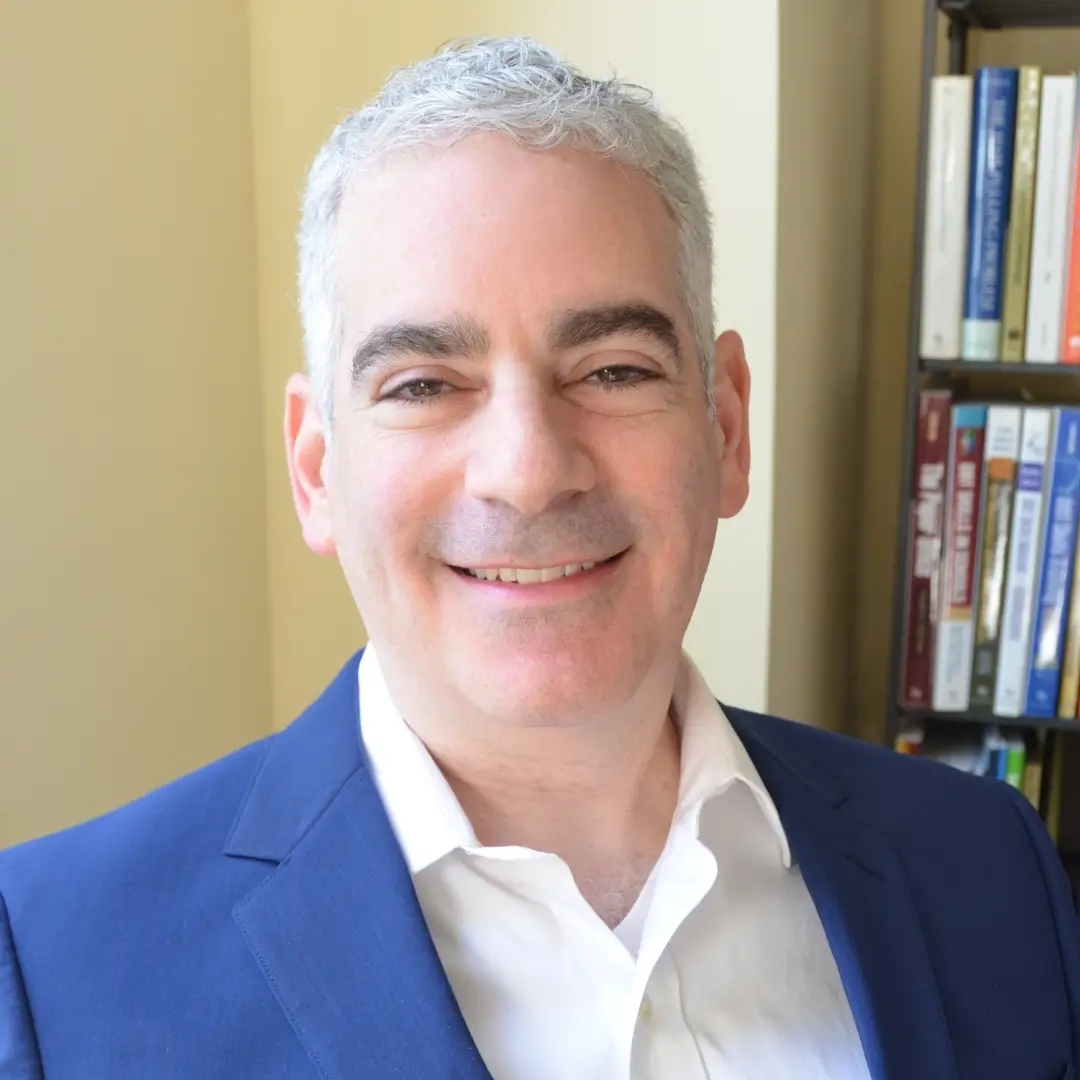Could I really stab someone with a knife? What if I lost control? Thoughts and urges about hurting someone – against your will – characterize harm OCD.
Harm OCD Thoughts
Obsessions involving violence are common among persons with obsessive-compulsive disorder (OCD). Often, these obsessions start innocently enough with a fleeting thought — e.g., “Hey, there’s a big steak knife on the kitchen table — it sure would be horrible if I were to stab someone with it” For many people, “stabbing thoughts” will come and go without creating any kind of emotional upset. However, for some OCD sufferers, stabbing thoughts are recurrent experiences that are hard to shake.
For these unlucky individuals, the more unpleasant the thought, the more likely it is to return. The “stabbing thought” is often accompanied by reasoning such as, “I know I don’t want to do it but what if I did! I mean, what if I just lost control for 2 seconds!” For people coping with such deeply troubling thoughts, just being around knives or other sharp objects (especially around loved ones) can be nearly impossible.
Harm OCD Urges
But it doesn’t stop there – some people with “harm OCD” report feeling impulses or urges to hurt someone. They wonder, understandably, if this urge means that they don’t have OCD after all. Maybe they really do want to punch a random passer-by on the sidewalk (or worse). What kind of monstrous person does that make them, they wonder?
Because this is the last thing the person wants to do in reality, the urges are terrifying. People respond to these urges by taking some step to ensure the violence never happens; for example, by only having one’s hands in one’s pockets when walking on the sidewalk passing other people.

Treatment
Through exposure and response prevention (ERP) therapy, one learns different ways to process harm OCD thoughts and urges. Typically, your therapist will guide you toward new patterns of thought and behavior that will require you to face some of your fear around knives.
You can make this change happen largely by doing exercises, called exposures. Exposures might involve your imagining being in a room with knife and a loved one for several minutes. When these exercises are conducted properly and under the guidance of a therapist using ERP, your fear gradually improves. Many who have used ERP successfully to cope with such obsessions say that as terrifying as these thoughts were initially, the relief after ERP is as gratifying as the obsessions were upsetting.
Subscribe to the Manhattan Center for Cognitive-Behavioral Therapy blog!









